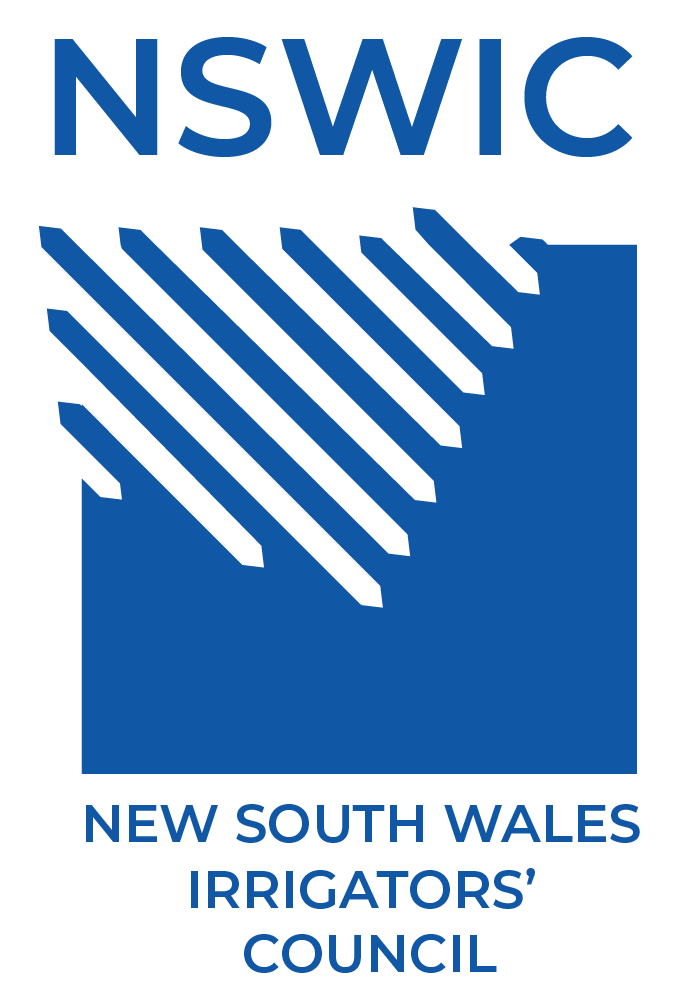Coastal
Coastal
Irrigation in coastal regions of NSW has great diversity and is distinct from inland systems.
Coastal produce includes fruits (such as bananas and berries), nuts (such as macadamias and avocados), dairy, poultry and eggs, cut flowers and turf, vineyards, and sugarcane.
In 2021, 69% of NSW milk was produced along the NSW coast, at a value of $464.9 million.
Coastal river catchments differ from inland NSW catchments, in terms of climate, hydrology, and water use patterns. The coast typically has high annual average rainfall, with many areas receiving more than 1,000mm annually. Rivers are steeper and shorter, resulting in ‘flashier’ flows as the water travels eastward to the sea.
While there are many coastal irrigators, their licences are for smaller water volumes. During a typical year, licenced water users access between 3-10% of the total water yield, leaving 90 –97% of water to flow through river catchments.
Some coastal rivers are regulated, such as the Brogo River, Hunter River, Paterson River, and Richmond River. The majority of coastal rivers and streams are unregulated— meaning they do not have major storages or dams to control the release of flows. Licensed water users may only pump water from rivers when flows are above the cease-to-pump flow level set in the relevant Water Sharing Plan.
Coastal river catchments have long-term average annual extraction limits that licenced water users comply with. In 2024, the NSW Government announced a project to review the sustainable management of water extractions in each coastal river catchment. This framework will incorporate unregulated, alluvial and regulated water sharing plan areas, and is expected to be rolled out in 2027.
Read more about this project here: Coastal Sustainable Extraction project
NSWIC has coastal member organisations from the Bega, Richmond-Wilson and Hunter Valleys.

